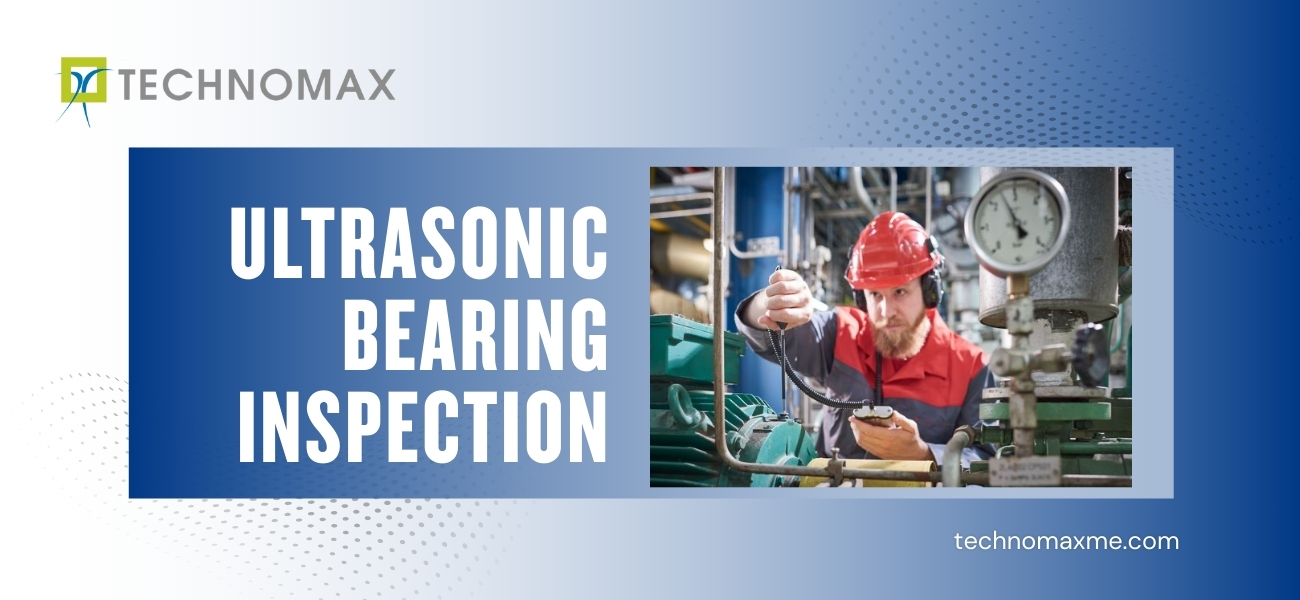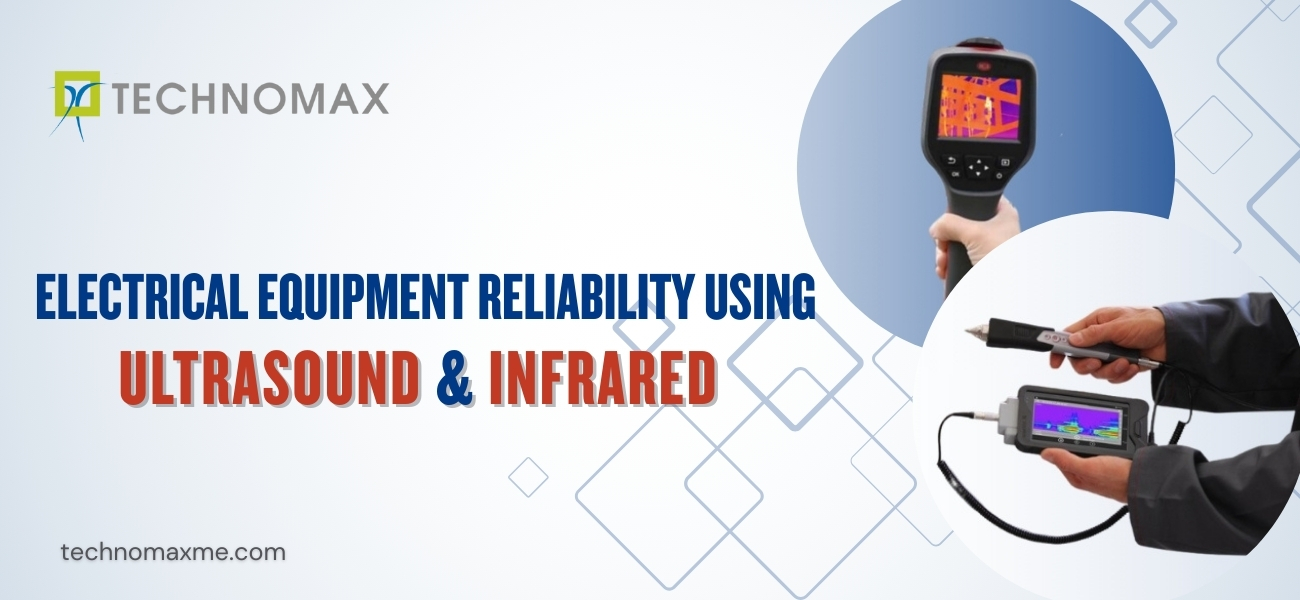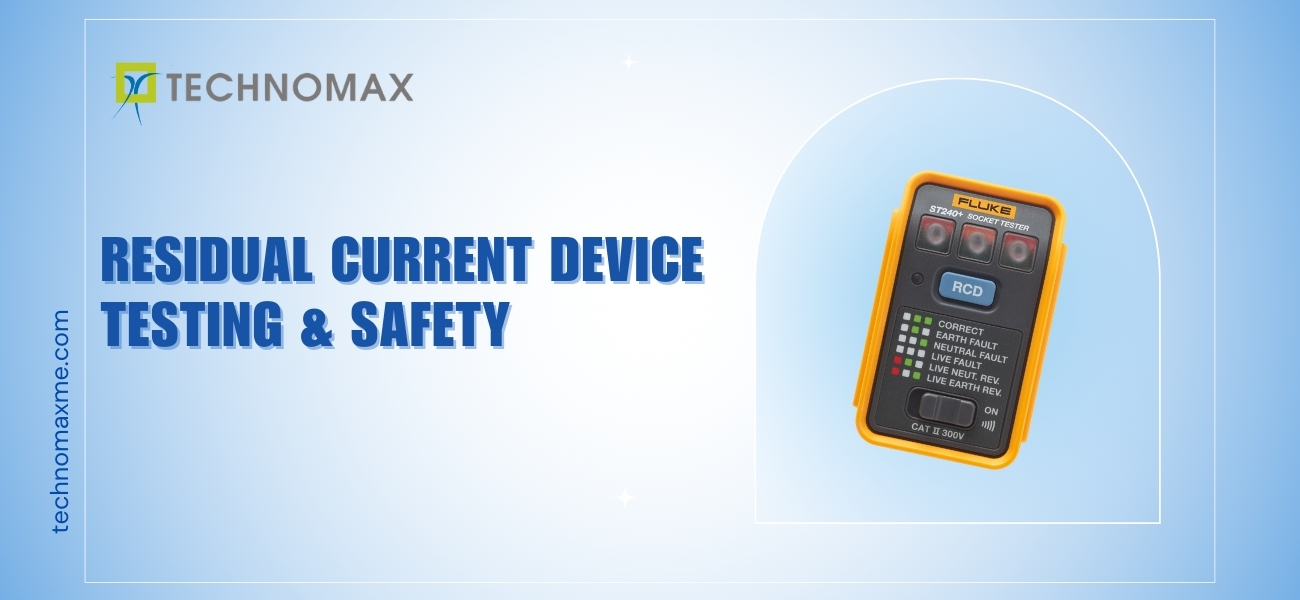
Table of Contents
- Introduction
- Erection of EOT Cranes
- Sequence of Erection of EOT Cranes
- Commissioning of EOT cranes
Introduction
To avoid mishappenings at the site where heavy loads are taken or carried with the aid of cranes, one needs to stick religiously to the process of inspection, erection and commissioning of EOT cranes.
Let us talk about EOT cranes, the cranes that have been used for decades for handling and moving around the maximum specified weights across all industries. To ensure complete safety and efficient operation of the EOT cranes, proper erection and commissioning is the key.
In this blog, we will talk about the process of erection and commissioning of the EOT cranes and the best practices involved in the same.
Read more about:
Erection of EOT Cranes
The crane should be erected on an un-occupied floor where no industrial or construction work is to be carried out during erection. The size of the floor must ensure free and convenient handling of the crane during the erection period, i.e., setting the crane in erecting position on the floor, turning the suspended crane, etc.

Sequence of a Erection of EOT Cranes
The sequence of erection of EOT cranes is as follows:
- LT rail line installation: LT rail line installation can be done by placing the rails and tighten then in position with the help of clamps, clamp plates, washer and nuts. Then one can align rails and check their position and set them in parallel as per the design and measurement. Record all measurements, then do final alignment by tightening and fixing all the bolts. At the last install the end stopper.
- Assembly of main girders at ground level: Fix all the platform with main girders at both sides of the drive and idle side. LT drive assembly is already assembled with main girders.
- Installation of end carriage & main girder: If there is 8 wheel configuration for the installation of the LT wheels, lift the idle girder with end carriages with the aid of mobile cranes and place them over the LT rails. Then lift the drive girders with end carriages and LT drive machinery in the same way. Thirdly lift the LT connecting beam with the aid of a mobile crane and lock the end carriage with the aid of fasteners. There must be free movement of the end carriages with the main girders on the rails.
- Crab erection: Lift the crab unit with the assembled MH drive assembly, ensure that the bottom block is removed or folded up on the crab unit. Lift the crab in a vertical position from the idle girder side. After reaching the required height lower the crab is resting two wheels on the CT track and slowly lower further till all the four wheels rest on the CT rail.
- Installation of the platform, hand railing, cabin, ladder, DSL cage and DSL guard: Check all the components as per the drawings and specifications. Assemble them accordingly, and lift the items one by one for installing as per drawings and specifications.
- Installation of electrical equipment: Lift the panels, resistance and lay them as per drawings and specification, then fix the mounting plates, brackets, supports, and cable trays. Mount all the switches and prefabricated cable trays as per drawings. Lay all the cables and other electrical equipment as per the drawings. Then our next step is to start and complete the wiring and earthlings on bridges, cabin and crab. We need to properly clamp and dress the cables. The Alignment and wielding of the DSL bracket is done finally. Testing all the power and control cables is essential for continuity and ir value. Terminate all the cables as per the schedule and ensure the fixing of all cable tags. Plug all the unused openings of entry in panels. Install all earthing conductors and connections as per drawing and schedule. Then the next step is to give supply to the control transformer and check all the sequences of control panels. Fill the oil into gearboxes for greasing purposes.
- Rope reeving: If the rope is not attached at the rope drums, then do it. The rope must be parallel to the reeve. We need a fibre string to be fixed at one end of the wire rope for making it easy. Tightening the rope clamps of the wire ropes on to the drums. And finally, install the lifting beam assembly and that too if applicable.
Commissioning of EOT Cranes
The commissioning procedure of the EOT includes the followings steps:

Regular inspection is required every year of the cranes before commissioning of EOT cranes. We should appoint electricians who are experienced, fitter, crane operators, and other technical personnel to check the crane commissioning process comprehensively. Here are the steps for commissioning of EOT Cranes one by one and in brief:
- Firstly one has to perform preliminary checks like electrical checks, mechanical parts checks, lubrication checks, in all gearboxes, joint bolts, etc.
- Secondly, we need to do pre-commissioning checks for DSL, control panels, motors and brakes, pre-commissioning checks for VVF drive, if installed, pre-commission checks for radio remote control system, checks for protection and detection of devices and limits switches and other parts of EOT like wheels, floating shafts, gearboxes, drum, lubricant system, control test, sensor, etc.
- Thirdly we need to do an operation check for safety and continuity purposes. It also includes the loading test, which will be static and dynamic.
- Controlling the commissioning procedure of EOT is essential for the benefits of the process.
Click here for any kind of EOT Crane Services in UAE
Learn More About Our Services


Get Started Now!
It takes less than a minute of your time. Or you may simply call +971 2 555 1 783






